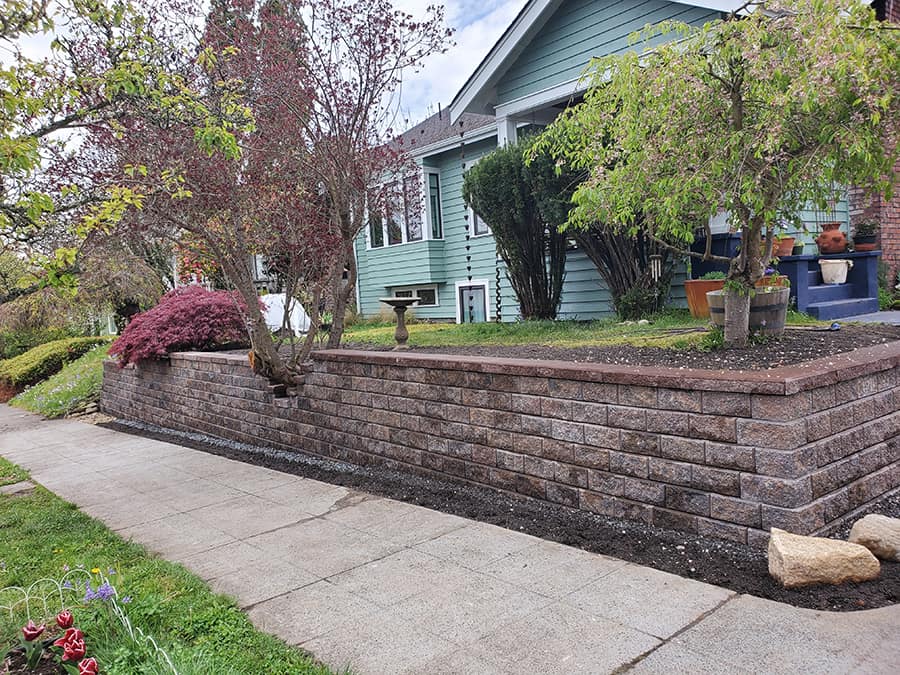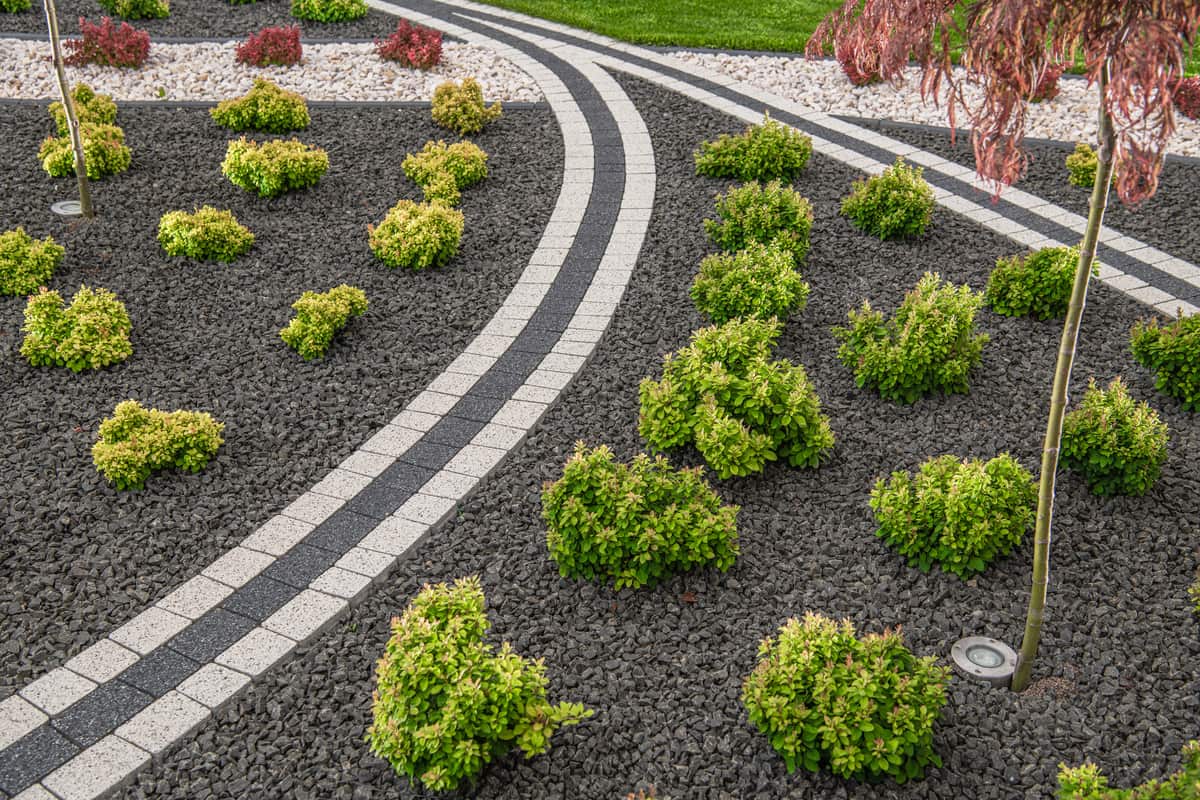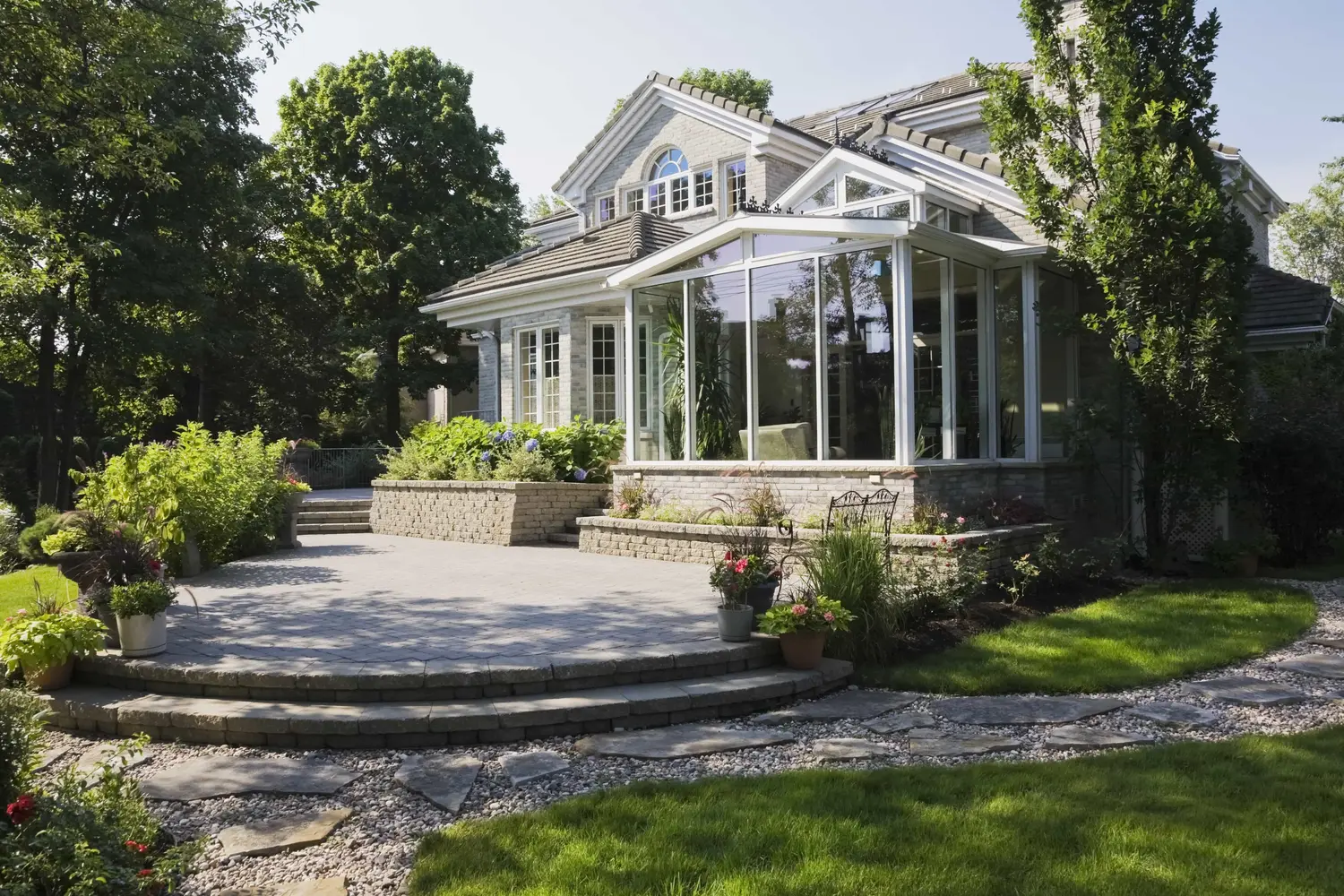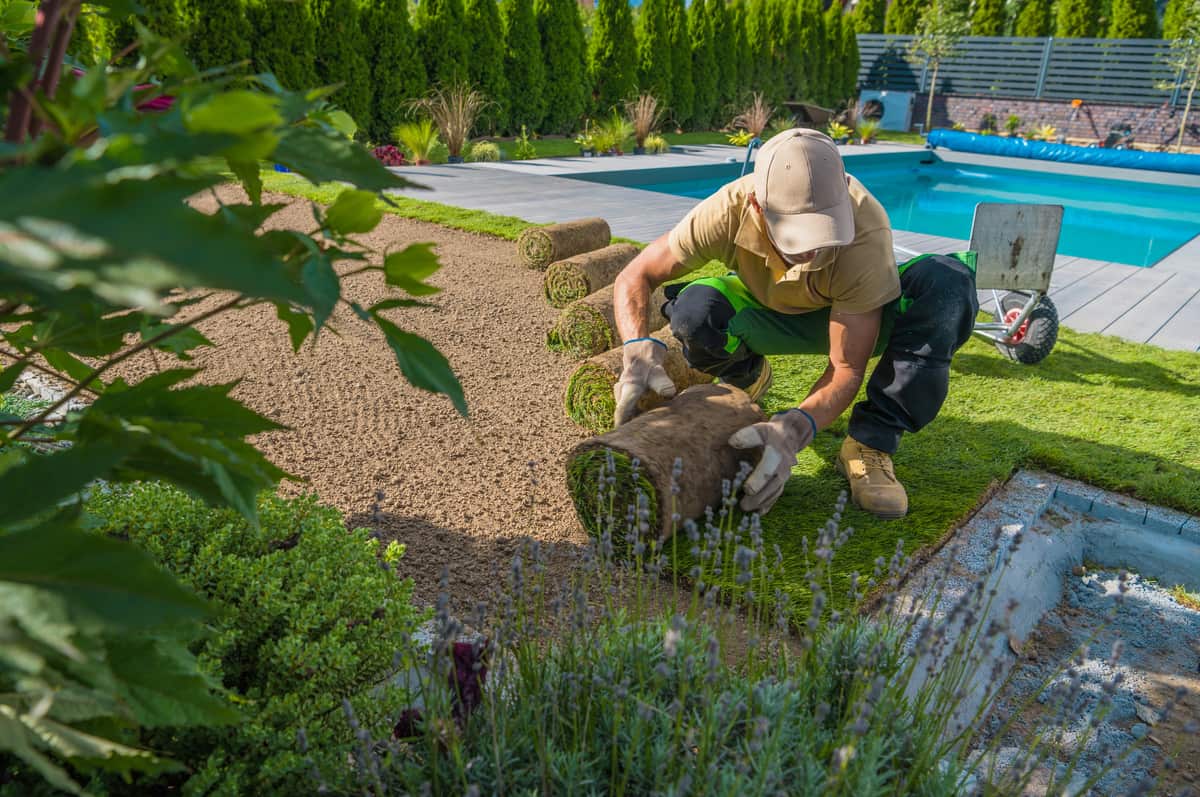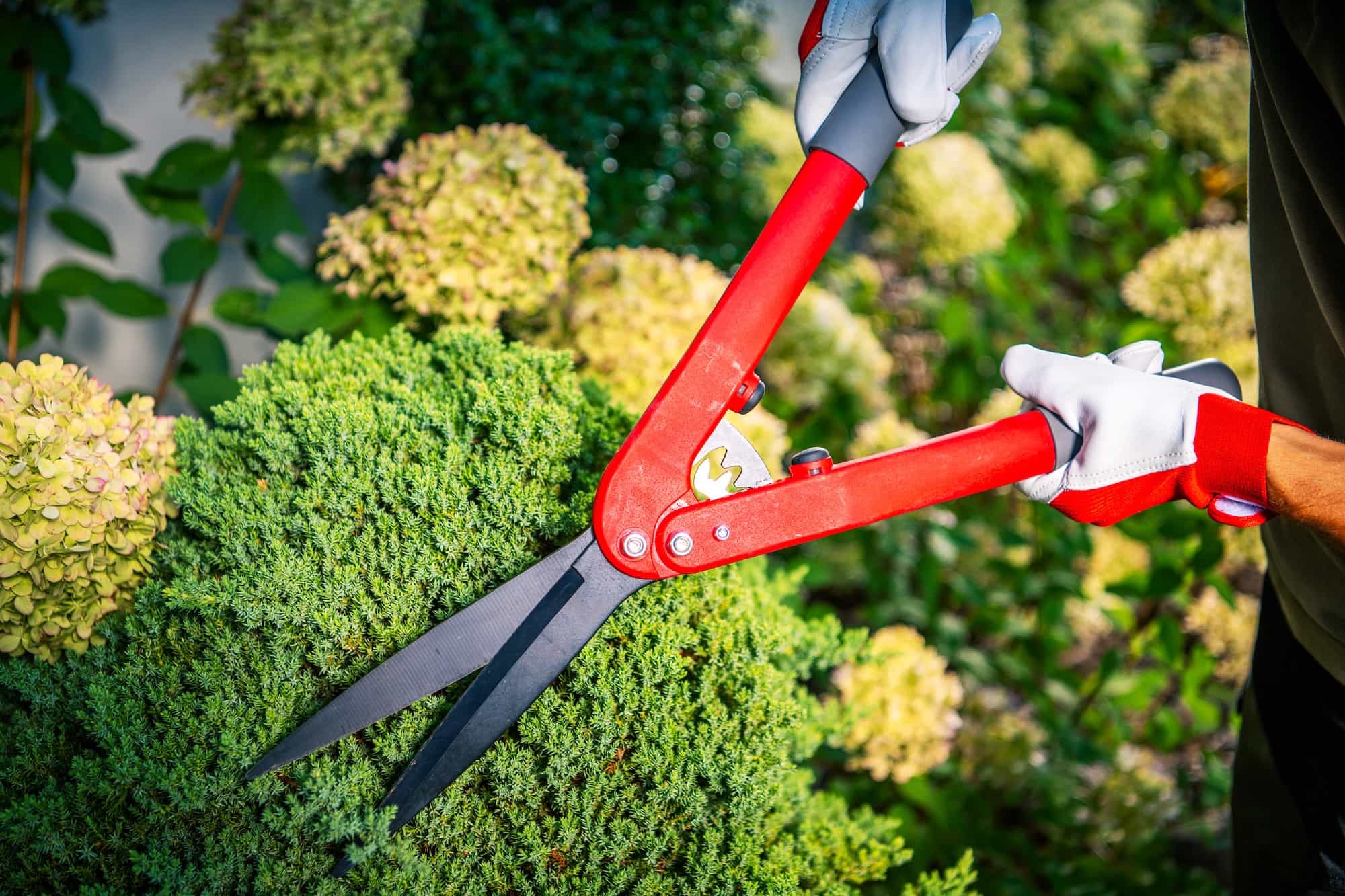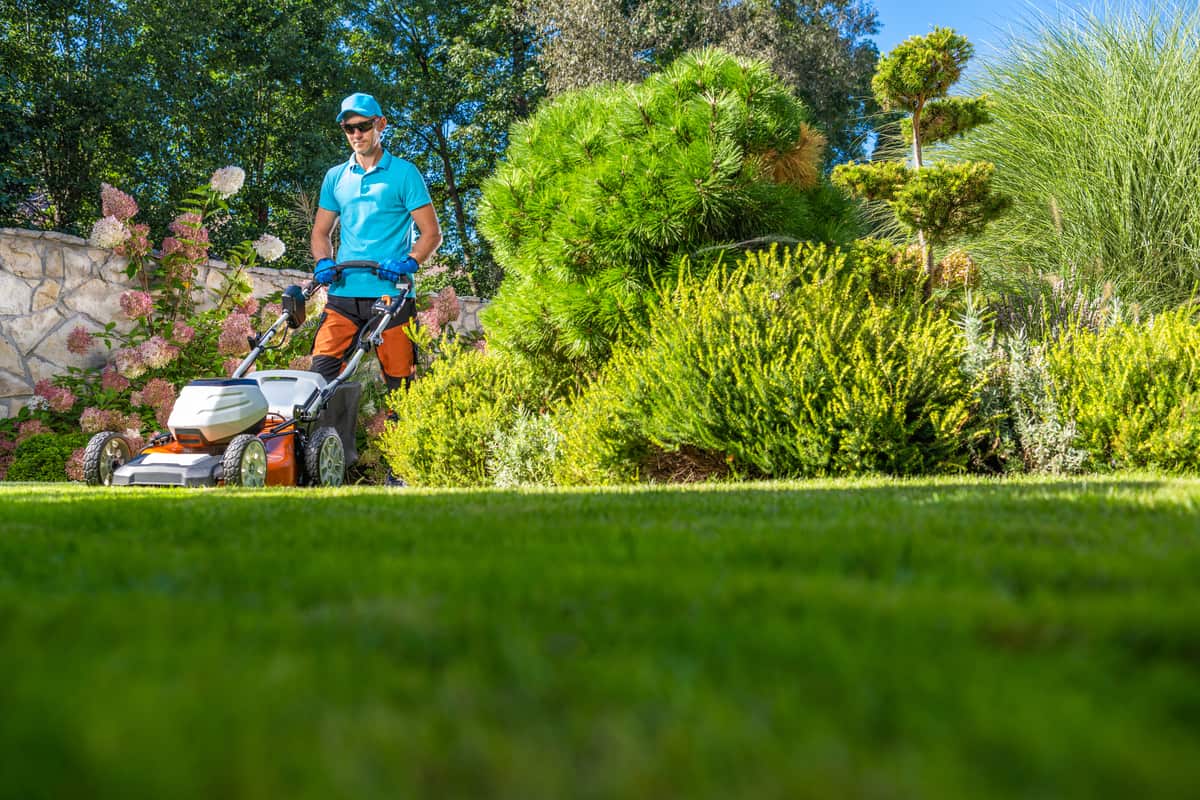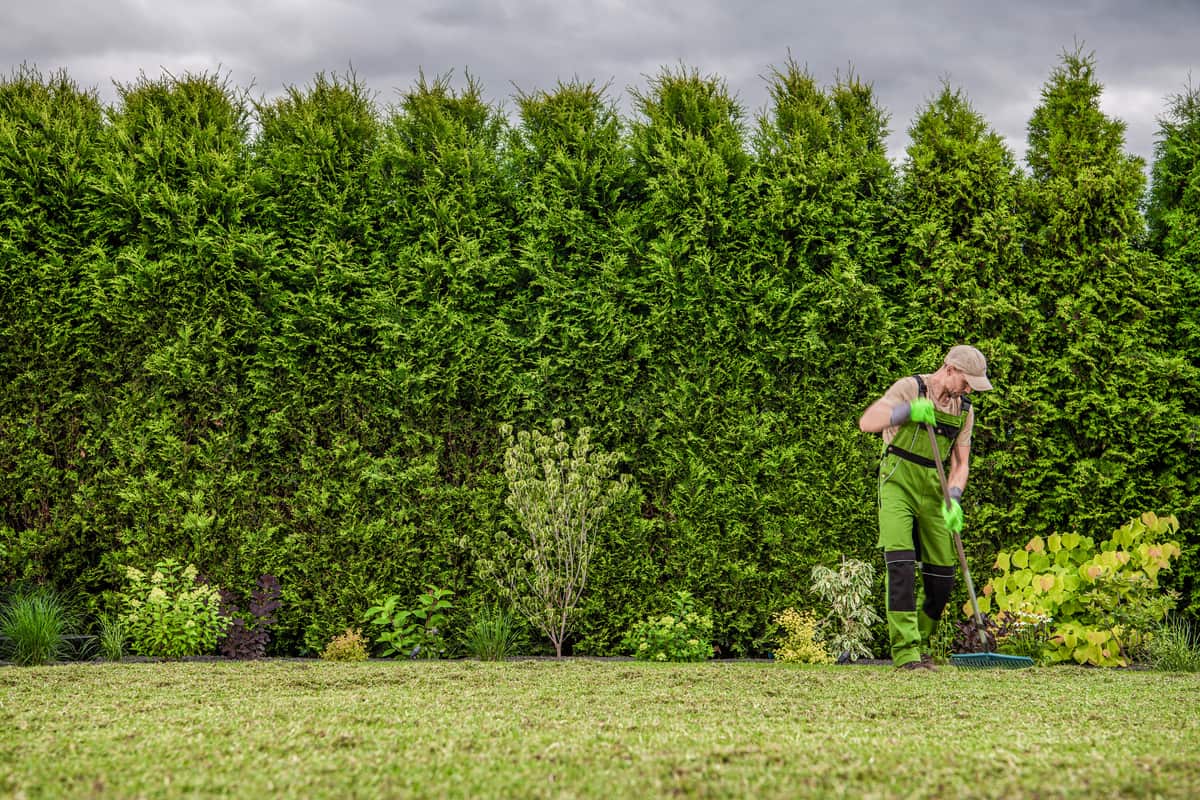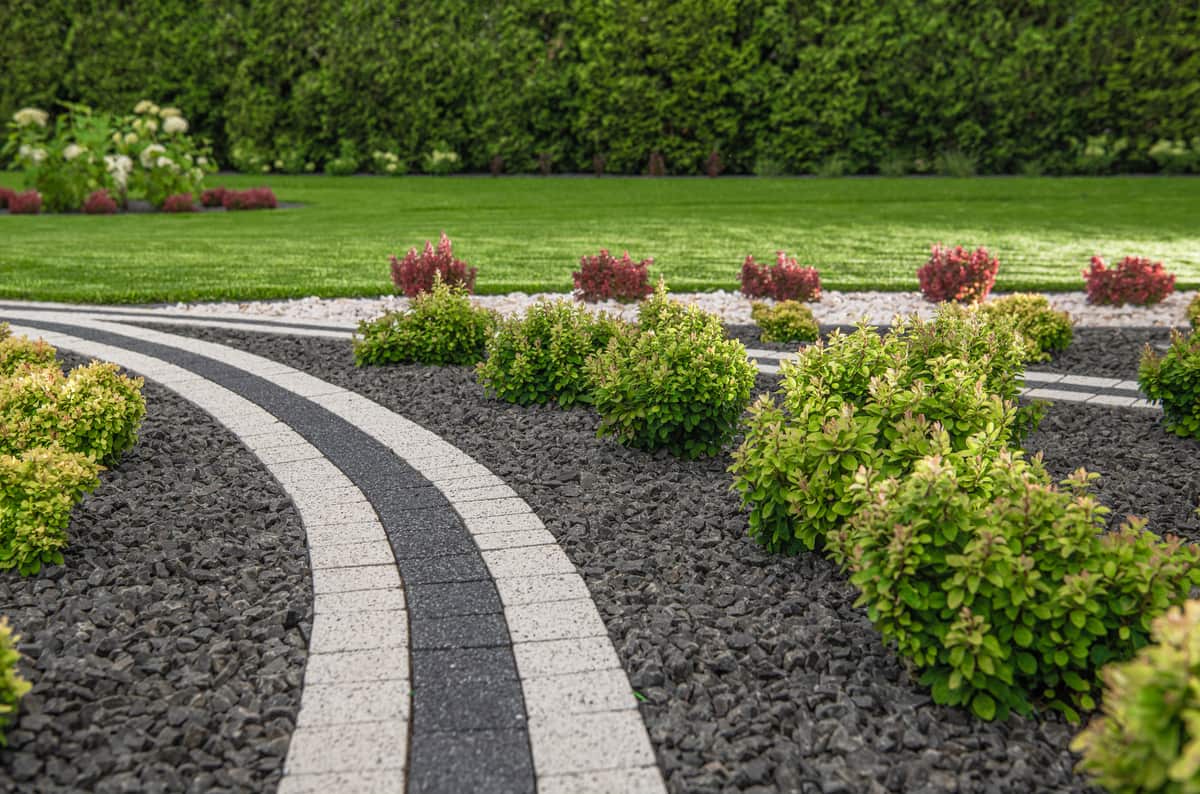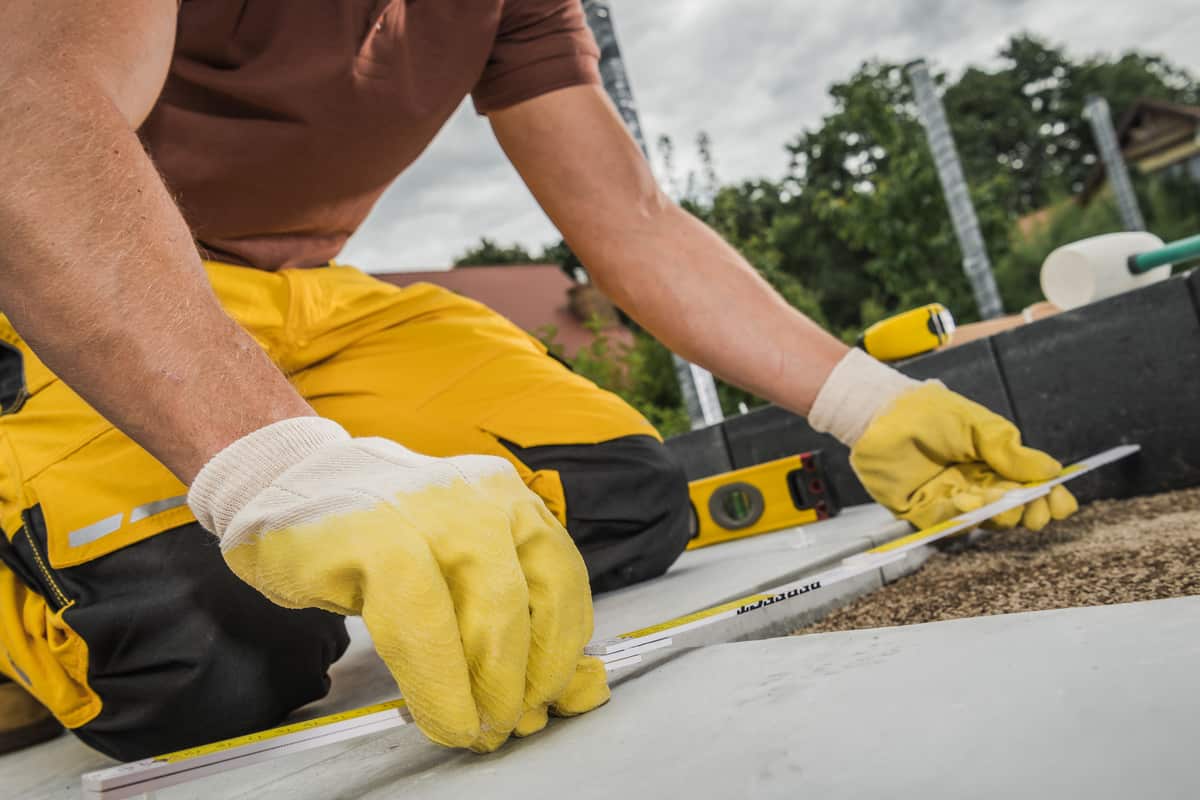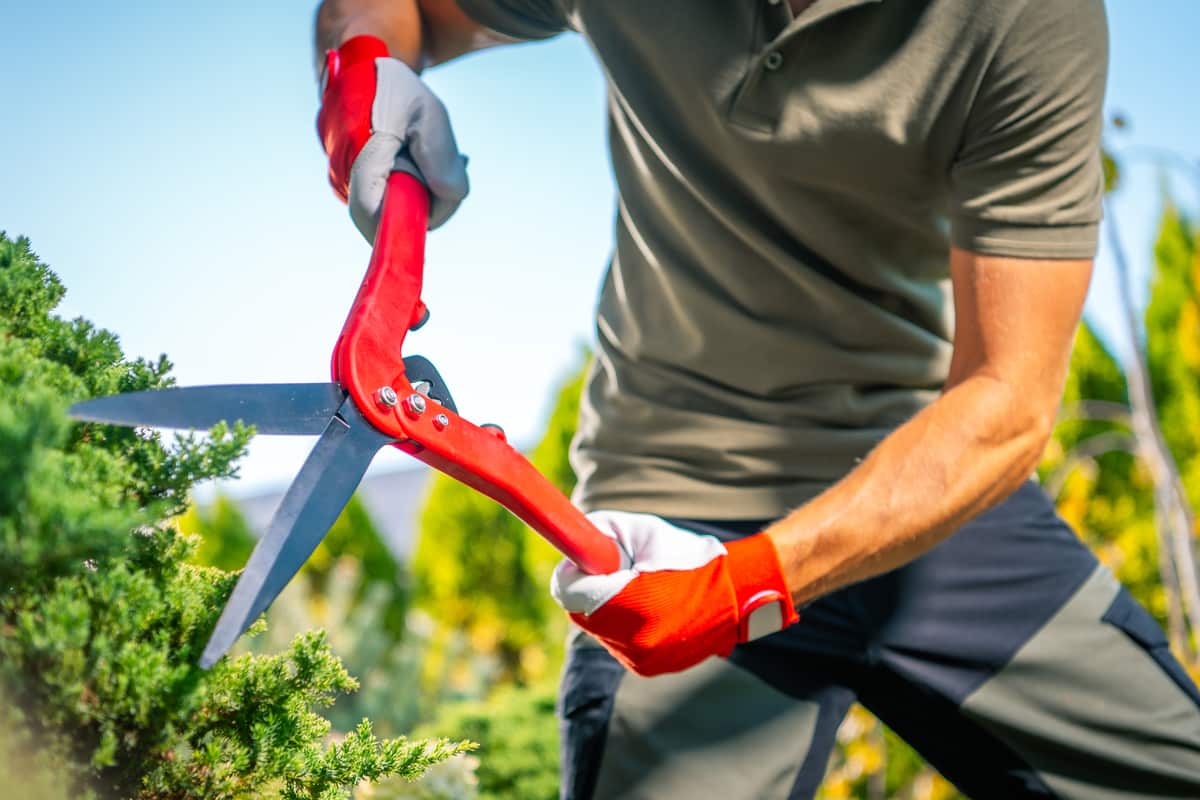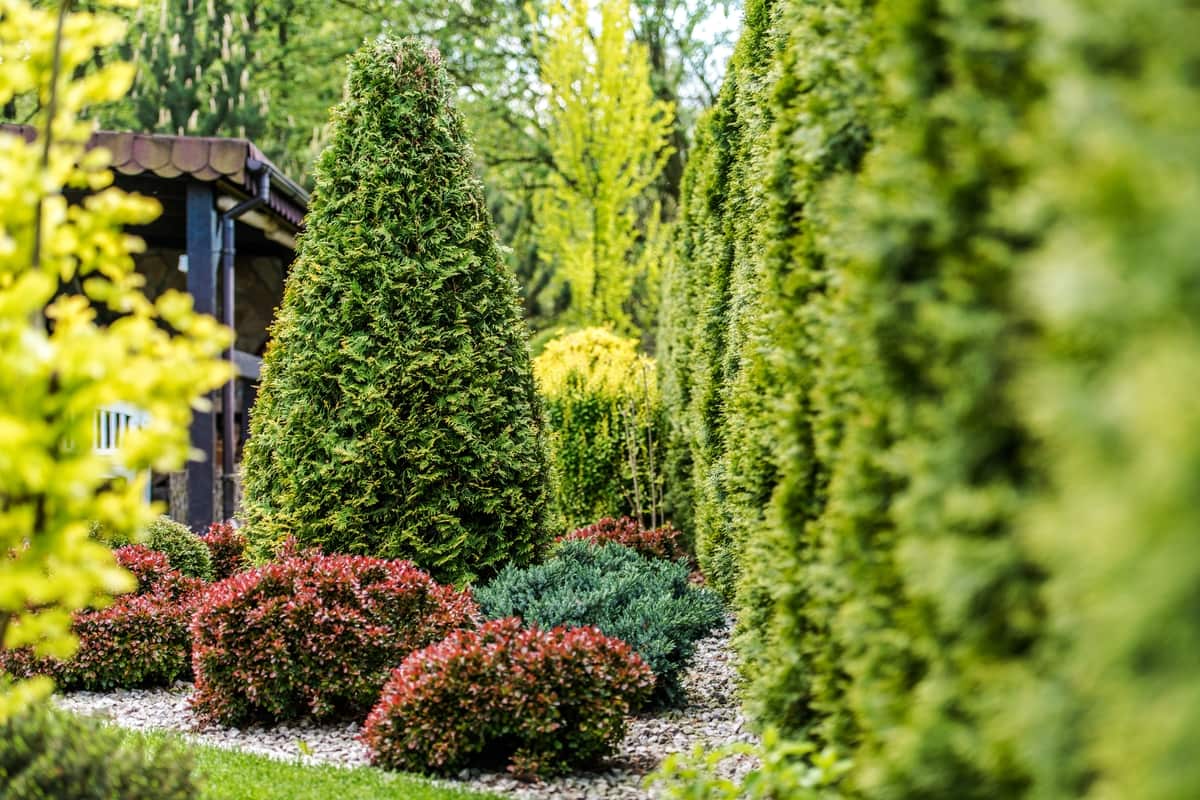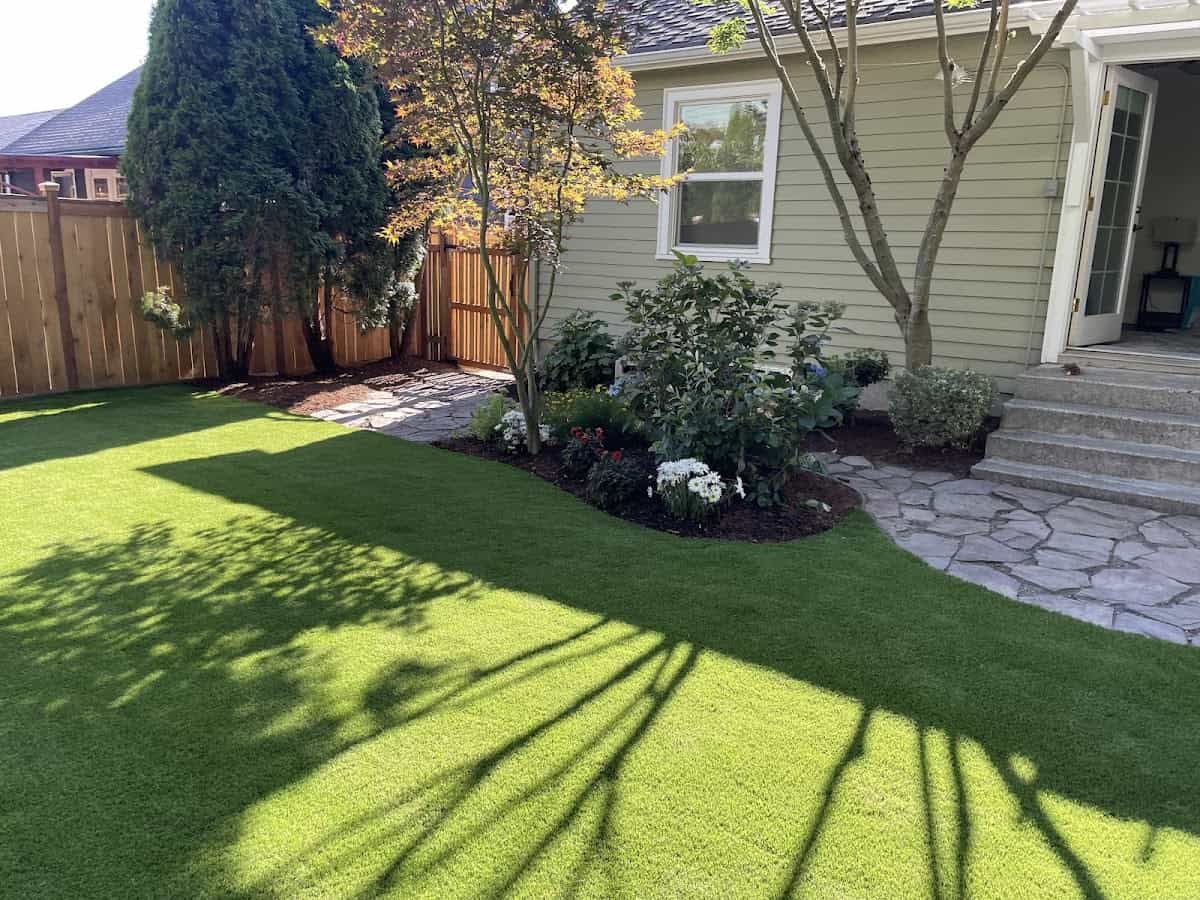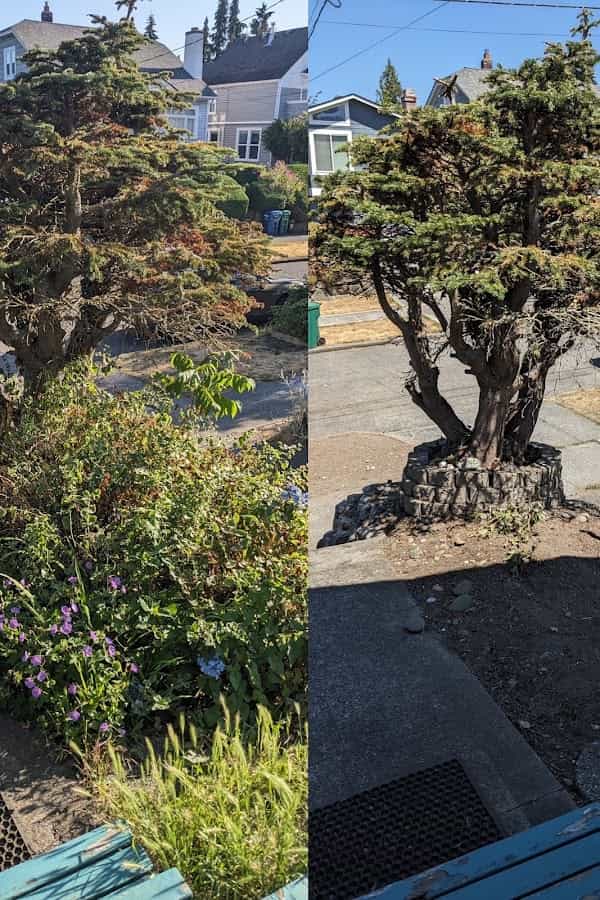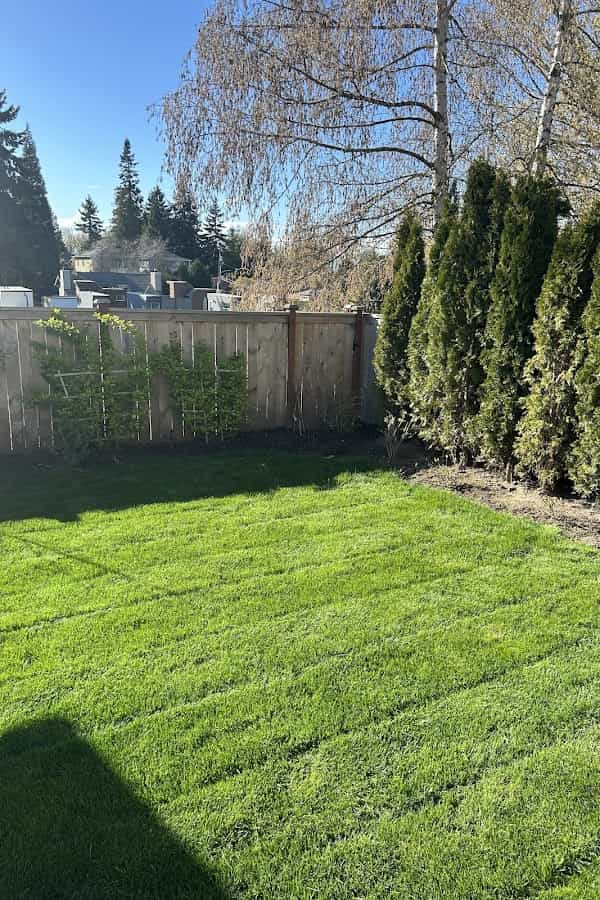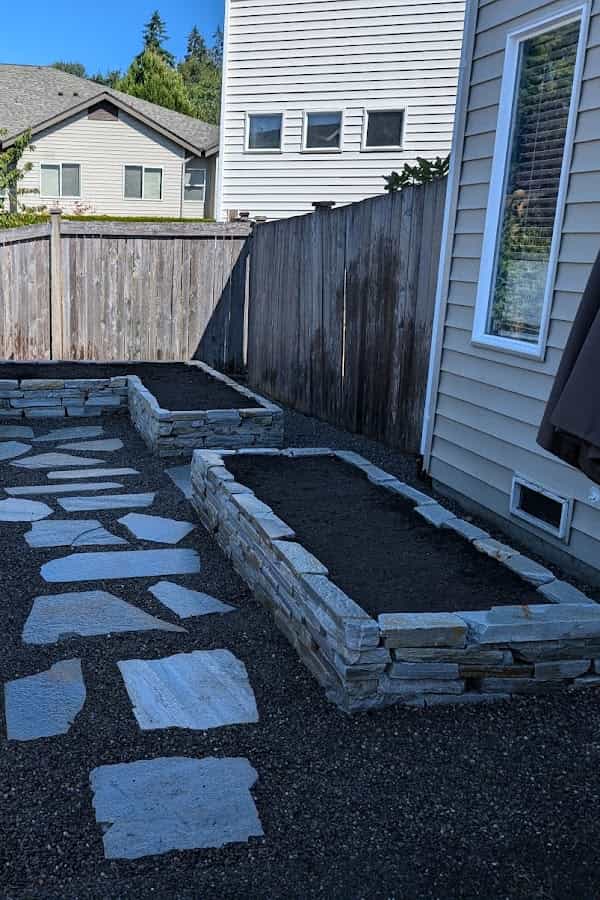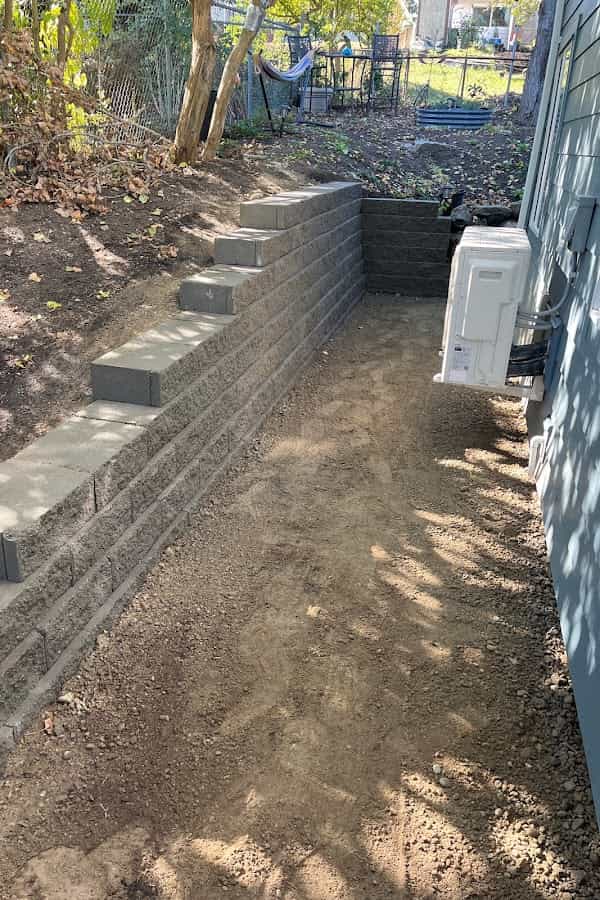How to Design a Retaining Wall: Mr. Lee’s Retaining Wall Process
Hey there, it’s Mr. Lee! Building a retaining wall isn’t just about holding back soil—it’s about creating a functional and beautiful feature that enhances your landscape. Today, I’m excited to share my step-by-step process for designing a custom retaining wall that’s both durable and visually stunning.
1. Share Your Vision
The first step is to tell me what you have in mind. What do you want your retaining wall to look like and achieve? Whether you dream of a rustic natural stone wall to define your garden beds or a sleek concrete block design to stabilize a slope, your vision is the starting point. I’ll work with you to:
- Understand your design goals and functional needs.
- Recommend the best layout and materials.
- Ensure the wall complements your overall landscape.
2. Select the Type of Retaining Wall
There are several types of retaining walls, each with its own benefits. Consider the following options based on height, strength, and aesthetics:
Segmental Retaining Walls:
Constructed using interlocking concrete blocks; ideal for flexible designs and curved layouts.Gravity Walls:
Built with large, heavy materials like stone or precast blocks that rely on their own mass for stability; great for small projects and gentle slopes.Brick and Timber Walls:
Offer a classic or rustic appearance. Brick walls are perfect for low garden barriers, while timber walls provide a budget-friendly option for erosion control.
3. Material Selection
Achieving the right balance between aesthetics, cost, and durability is key. Some material options include:
Concrete Blocks:
Durable, versatile, and easy to install. They work well for both residential and commercial projects.Natural Stone:
Offers a rustic, decorative look that elevates the landscape, though installation may take more time and expense.Brick:
Provides a timeless appeal for low-height walls or patio borders.Timber:
A cost-effective solution for smaller walls or supporting garden beds, though they may require more maintenance over time.
4. Focus on Drainage and Foundation
A well-designed retaining wall must include proper drainage and a strong foundation. This ensures long-term stability and prevents water buildup behind the wall. Here’s what I emphasize:
Drainage Solutions:
- Weep Holes: Small openings in the wall to allow water to escape.
- Perforated Drain Pipes (French Drains): Redirect water away from the structure.
- Backfill with Gravel: Improves drainage and reduces hydrostatic pressure.
- Geotextile Fabric: Enhances drainage efficiency by preventing soil from clogging the gravel.
Foundation Options:
- Crushed Stone/Gravel Base: Provides excellent drainage and stability.
- Concrete Footing: Used for taller walls needing extra stability.
- Compacted Soil: Suitable for simpler, low-maintenance walls.
5. Top Retaining Wall Project Options
Here are some of the popular retaining wall projects we’ve completed:
Concrete Block Wall:
- Highlights: Durable, interlocking design; excellent for stabilizing slopes and preventing soil erosion.
- Ideal For: Garden terraces, driveway borders.
Natural Stone Wall:
- Highlights: Rustic and decorative; it adds natural charm while managing erosion.
- Ideal For: Raised flower beds and landscape edging.
Brick Wall:
- Highlights: Timeless appeal with clean lines; great for low garden walls.
- Ideal For: Patio borders and controlling soil movement.
Timber Wall:
- Highlights: Budget-friendly and easy to construct.
- Ideal For: Supporting slopes and framing garden beds.
6. Customizing Your Project: Features & Options
When designing your retaining wall, we also consider:
Wall Cap Options:
- Flat Cap: A smooth, finished edge.
- Bullnose/Rounded Cap: Offers a softer, decorative look.
- Stepped Cap or Overhanging Cap: Adds visual interest and protection from water damage.
Reinforcement:
- Geogrid: Provides extra stability, especially in higher walls.
Design Variations:
- Single-tier vs. Multi-tier Walls: Choose a single solid wall or layered, terraced designs to better handle elevation changes.
- Curved vs. Straight Walls: Curved walls blend with the natural landscape, while straight walls offer a modern, structured look.
Lighting Options:
Incorporate in-ground or pathway lights to accentuate the wall and enhance safety.Budget Considerations:
We balance material costs, labor, and long-term maintenance to achieve a design that fits your budget without compromising durability.
7. Request a Quote
Ready to bring your vision to life? Share your ideas with me, and I’ll craft a custom plan that covers every detail—from material selection and drainage to foundation and finishing touches. Let’s build a retaining wall that not only controls erosion and stabilizes your soil but also enhances the beauty of your landscape.
Request your quote today and let’s start planning something extraordinary together!
At Mr. Lee’s, we’re dedicated to combining functional design with aesthetic appeal to create retaining walls that stand the test of time. Whether you’re looking for a simple, low wall or a complex, multi-tiered structure, I’m here to help protect and beautify your yard.
Let’s get started—together!
